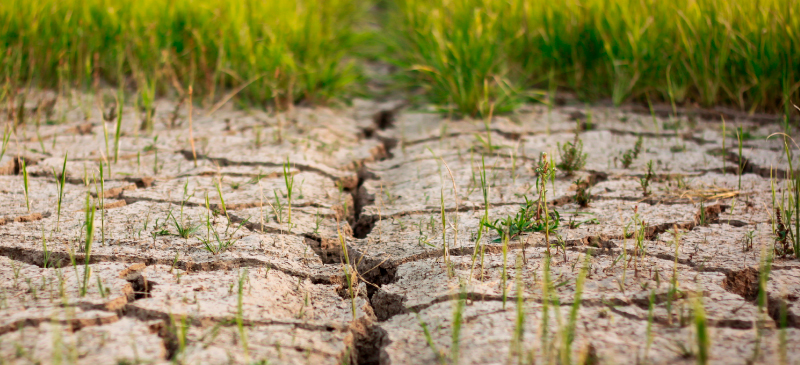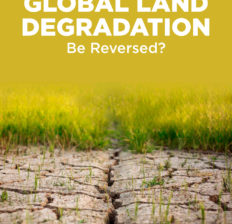This Dr. Axe content is medically reviewed or fact checked to ensure factually accurate information.
With strict editorial sourcing guidelines, we only link to academic research institutions, reputable media sites and, when research is available, medically peer-reviewed studies. Note that the numbers in parentheses (1, 2, etc.) are clickable links to these studies.
The information in our articles is NOT intended to replace a one-on-one relationship with a qualified health care professional and is not intended as medical advice.
This article is based on scientific evidence, written by experts and fact checked by our trained editorial staff. Note that the numbers in parentheses (1, 2, etc.) are clickable links to medically peer-reviewed studies.
Our team includes licensed nutritionists and dietitians, certified health education specialists, as well as certified strength and conditioning specialists, personal trainers and corrective exercise specialists. Our team aims to be not only thorough with its research, but also objective and unbiased.
The information in our articles is NOT intended to replace a one-on-one relationship with a qualified health care professional and is not intended as medical advice.
Global Land Degradation a Serious Problem: Can It Be Reversed?
June 13, 2022

There is no denying the detrimental effects humans have had on the health of the planet. Perhaps nothing highlights this more than the the amount of global land degradation caused by human beings.
According to the United Nations Convention to Combat Desertification’s second edition of the Global Land Outlook, 40 percent of the planet’s land has been compromised by human activity, such as farming, deforestation and development practices.
The good news is, according to the report authors, that there are many things that can be done to restore the land and start to reverse some of the damage done, such as the health effects of climate change, depletion of soil and more.
Study Findings: Global Land Degradation
As mentioned, the latest Global Land Outlook revealed that 40 percent of Earth’s land is compromised, and the authors say that if humanity doesn’t work to restore the planet, things will get much, much worse by as soon as 2050.
How? According to the U.N. report, in the following ways:
- With Latin America and Africa likely impacted the most, 470 million hectares of natural land could be lost due to increasing food demand.
- Up to 1.6 billion hectares of land will be degraded to meet increasing bioenergy and agriculture demands. That’s the size of South America.
- 69 gigatons of carbon will be emitted in the next 35 years.
- With Africa being affected the most, productivity of natural, farm, grazing and pasture lands will decline by at least 12 percent.
However, as an article published by the American Association for the Advancement of Science explains it:
Reversing global land degradation can alleviate three big problems—the effects of climate change, biodiversity loss, and food insecurity …
The report—a follow-up to a similar analysis released in 2017—stands out for several reasons, says ecologist Robin Chazdon, who runs a consulting company called Forestoration International and was not involved in the work. One is that it takes a synthetic, holistic view of a number of related problems, including protecting biodiversity, promoting sustainable farming and land use, and curbing climate change. Currently, nations are taking on each of those issues with separate agreements and action plans, but “What emerges from this report is the need to unite all these into a single strategy,” Chazdon says.
The report also embraces an unusually broad definition of restoration, she notes. Although the term is often used to refer to efforts to return landscapes to some undisturbed state, the report says restoration should also encompass more limited steps. These include replacing a depleted soil’s nutrients and microbes to enable it to better support crops or grazing animals, as well as removing invasive species and helping damaged forests and grasslands regrow. “It means anything you do, if you pull a weed out of your lawn, you are doing ecosystem restoration,” Chazdon explains.
If nations around the world commit to reversing global land degradation and restoring 5 billion hectares in the next few decades, it could result in several positive outcomes for the Earth and humankind:
- Restored land could store 17 gigatons more carbon in the next 35 years.
- In Latin America, the Middle East and Africa, crop yields could increase 5 percent to 10 percent.
- Global land degradation will slow, and natural land areas could actually increase.
- Biodiversity will decline more slowly, with 11 percent of expected extinctions avoided.
With even more efforts, such as protecting vital land for biodiversity and water flow, it could help slow climate change by trapping more carbon — up to seven years’ worth! — up to a third of projected extinctions could be avoided and natural land area could expand up to 400 million hectares.
Role of Regenerative Agriculture
One of the best ways to restore land and slow global land degradation is by practicing regenerative agriculture. Not only does it restore the land and help protect the environment, but regenerative agriculture also boosts nutrient density of soil and food.
Regenerative agriculture focuses on:
- reversing climate change
- enhancing ecosystems
- improving water quality
- enriching soil
- increasing biodiversity
Some of the key practices include:
- no-till farming and pasture cropping
- organic annual cropping
- composting
- biochar and terra preta
- holistic grazing
- ecological aquaculture
- animal integration
- perennial crops
- silvopasture/agroforestry
- and more



